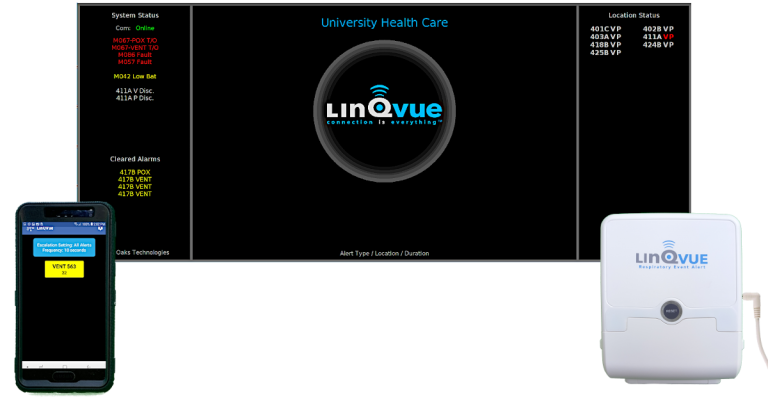A recent article on the online portal for RT Magazine illustrates the growing issue of alarm fatigue in the respiratory care field.
The article quotes Karen LaRoché, a clinical specialist at MultiCare Health Systems in Puyallup, Wash.: “Monitor fatigue is real, and it’s super dangerous.”
Dave Crotwell, director of Respiratory Care Services at Seattle Children’s Hospital, explained alarm fatigue this way: “(Respiratory Technicians) naturally get frustrated and fatigued when responding to so many alarms that are not real, because either the settings or alarm protocols are not appropriate. The signal-to-noise ratio is too high.”
Part of the problem is the increasingly powerful options available on modern ventilators – but Crotwell points out that increasing power can present challenges as well as benefits.
“As we add new devices, and attach them to patients, we’re layering alarms on top of one another.”
While the article interviews several manufacturer representatives who discuss their attempts to provide more meaningful control over alarm settings on the ventilators themselves as a method to cut down on the number of non-useful alarms, the LinQvue® Respiratory Event Alert wireless ventilator alarm system can also be an important part of an alarm fatigue solution.

LinQvue® REA is a real-time ventilator alarm system that displays alarms on video monitors and mobile escalation devices to simplify prioritizing patient care. The system presents a centralized, real-time visual overview of all ventilator patients in a ward on one or more widescreen video monitors near a nurse station or other high-visibility location.
There are no blaring alarms outside patient rooms with LinQvue REA®. The centralized audio alerts from the video displays gain staff attention with a pleasant but unique tone that reduces alarm fatigue in both staff and patients.
The LinQvue system uses its proprietary technology to prioritize patient care by presenting ventilator alarms in an ordered array – with the oldest alarms given highest visual placement.
And administrators will appreciate the fact that the LinQvue system maintains its own activity logs – which are in many cases easier to read and offer more distilled information than the native logs on a ventilator.
Currently deployed in more than 100 facilities nationwide
, LinQvue REA® is proven technology that helps drive improved patient outcomes in respiratory care.To learn more about installing the LinQvue REA wireless ventilator alarm system in your facility, visit our Contact Us page.

